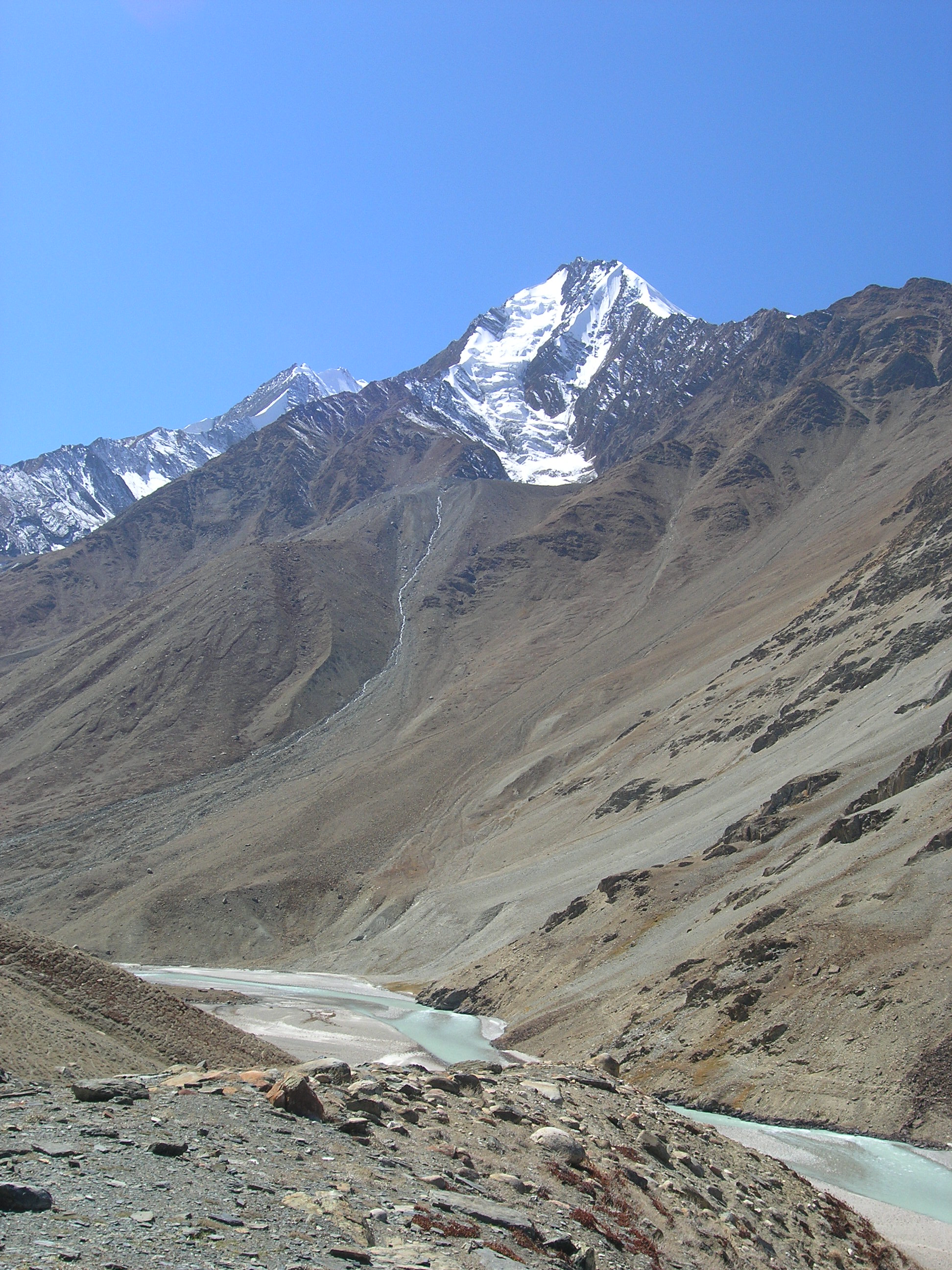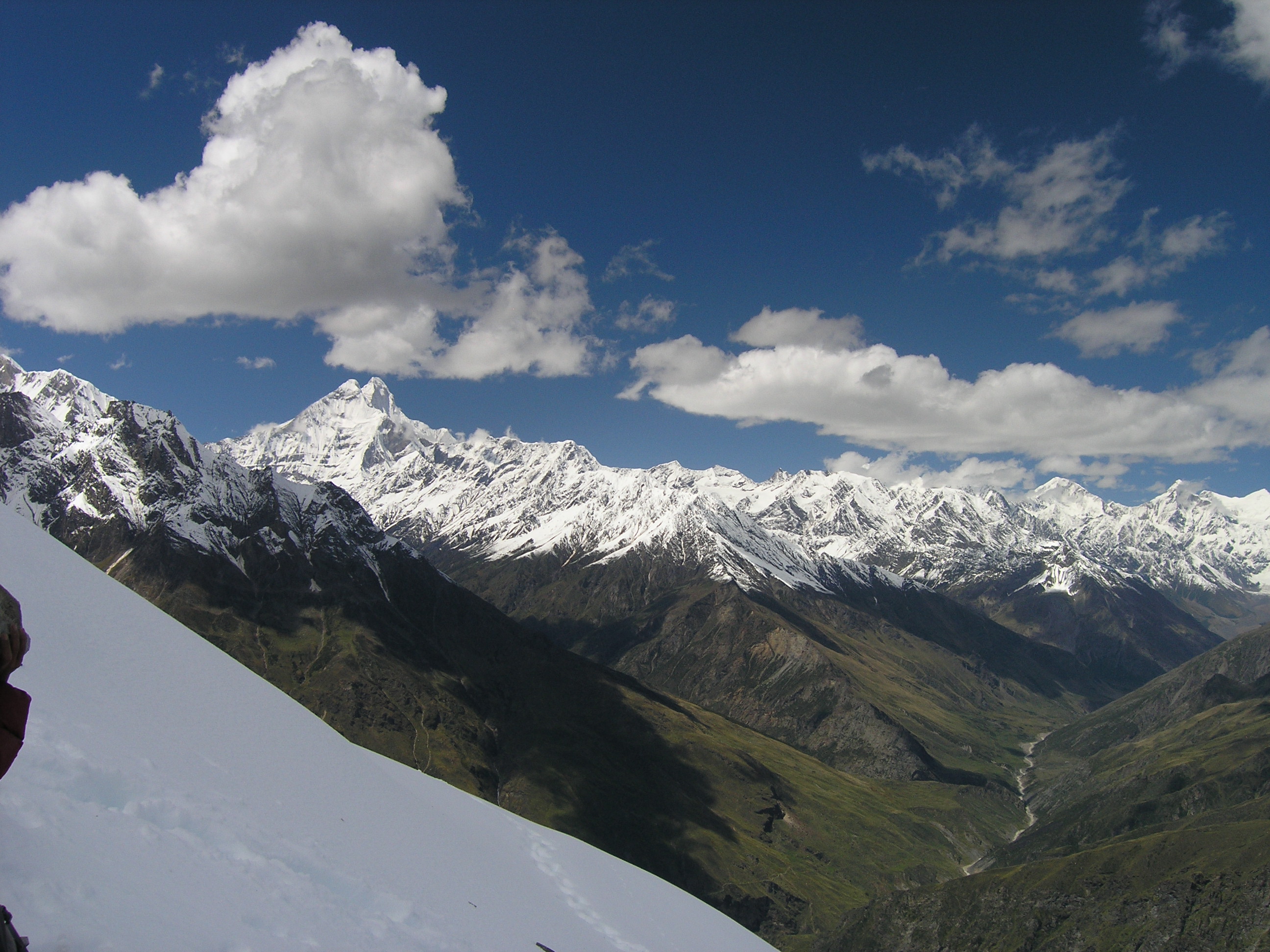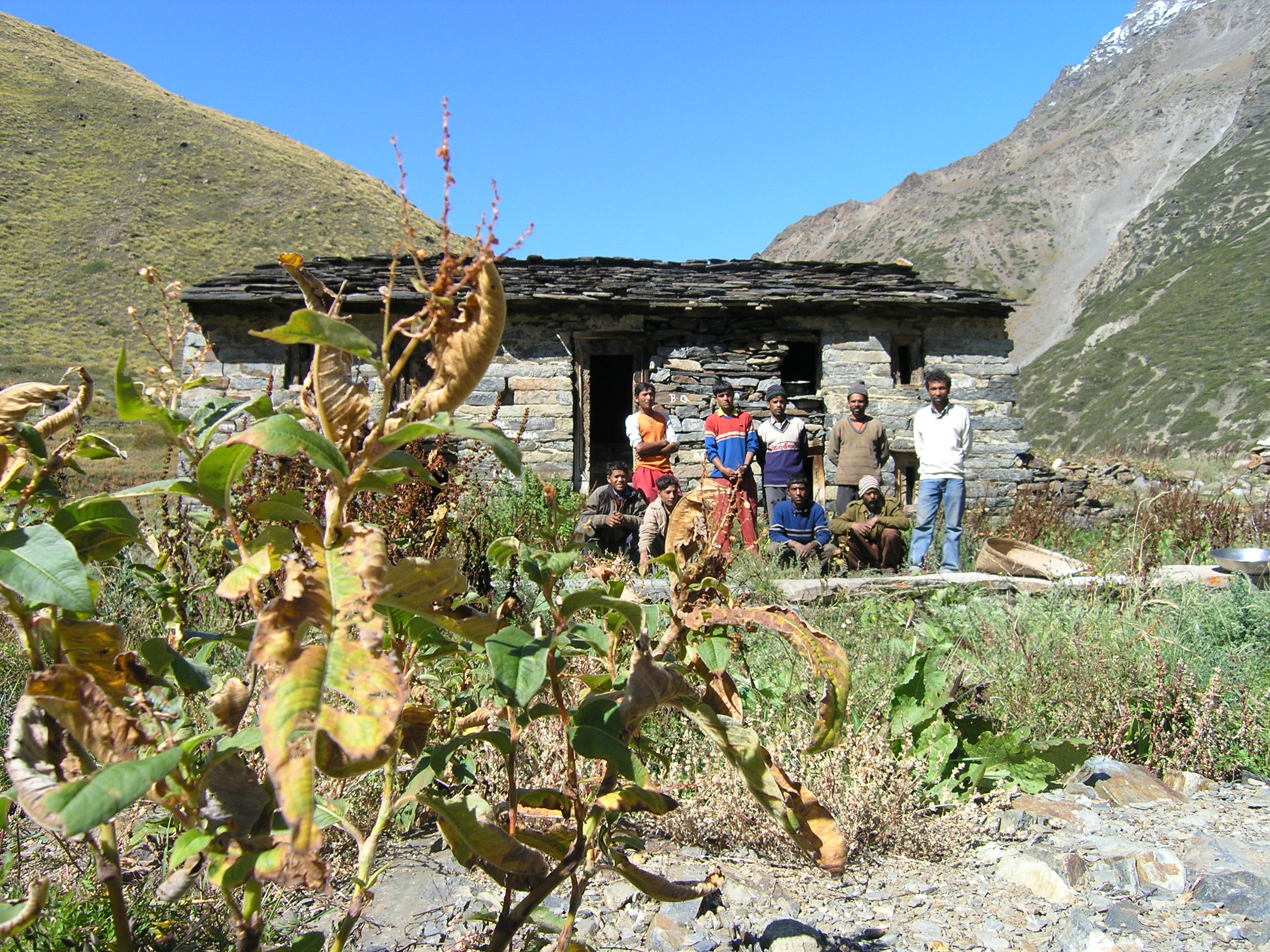In an article titled “Nobel-Winning Panel’s Glacier Warning is Criticized as Exaggerated” in the January 18 edition of the New York Times, Professor Bodo Bookhagen was quoted as stating “The Himalayan glaciers will not disappear by 2030 — that is an overstatement…(but) it is very clear that there is glacier retreat and that it (may have) devastating impacts.” Professor Bookhagen expands his views below.
The United Nations Intergovernmental Panel on Climate Change (IPCC) stated in its last report that it was “very likely” that the Himalayan glaciers would disappear by 2030 if current warming trends continue. This statement has caused much controversy, with several publications agreeing or disagreeing in the recent months. Among climate and geomorphology scientists, however, there is little dispute: Glaciers in the Himalayas are at peril, but not all will disappear by 2030. A recent article in the New York Times highlights the sensitivity of this statement and the general political implications.
The article touches upon several important points, but it doesn’t elaborate on the scientific background. While the glacial response to climate is a complex phenomenon that is not yet fully understood, there are two main reasons (among others) why the IPCC statement is incorrect: First, the IPCC assessment is mostly based on a few detailed studies of Himalayan glaciers. These index glaciers are not necessarily representative of all Himalayan glaciers. The Himalaya Range spans almost 2000 km in an East-West direction and contains a wide range of characteristic climatic compartments. The largest glaciers in the Himalayas are in the western regions (northern Pakistan and India); they are fed by winter precipitation and exhibit a different characteristic than glaciers in the central (i.e., within the country of Nepal) and eastern Himalayas (Bhutan). In the latter regions, the glacier’s moisture budget is controlled through monsoon precipitation during the summer. These generally smaller glaciers are more sensitive and may respond stronger to moisture and temperate changes in a global-warming scenario. In addition, the index glaciers may be influenced by local climatic factors (e.g., orographic barriers) and, thus, may not be representative of the overall signal.
Secondly, the assessment is primarily based on measurement of the glacial-front retreat rate. The easiest and most straight-forward way of measuring glacial changes is to look at the glacial tongue and its changes through time. However, there is much more to a glacier’s health than frontal retreat—the key factor is the glacier’s mass balance, which is much more difficult to monitor and includes height and width as well as ice-property changes. New remote-sensing methodology used in our research group may help to shed light on some of the mass-balance questions.
During the recent geologic past and on millennial timescales, glacial waxing and waning correlates with changes in solar radiation due to orbital changes. During the early and mid Holocene, about 10 to 5 thousand years ago, Himalayan glaciers were much larger in extent. Since then, the glaciers have been retreating several kilometers in length. Arguably, this retreat may have accelerated during the past few decades in some regions, but in other regions, such as the western Himalayas, some glaciers have been reported to be advancing. Remnants of the former, larger glaciers can be observed in the western and central Himalaya where our research group is currently dating glacial extents. We attempt to link past climatic conditions with glacial conditions in order to understand glacial dynamics.
During the present day, there exists a large climatic gradient along the Himalaya that results in distinctive climatic compartments—Western catchments encompassing the Indus and Sutlej catchments in northern Pakistan and India, as well as in southwestern China, have large snow- and glacial melt contributions. In these areas, more than 50% of the annual river discharge is derived from solid precipitation and glacial melting. A decrease in glacial extent will decrease the amount of water for irrigation, hydropower generation, and downstream agriculture. The central and eastern Himalayas have a lower snow- and ice-melt contribution to annual discharge. However, during the pre-monsoon season from ~March to late May, discharge derived from melting snowfields and glaciers is important and significant. A decrease in glacial and snow cover will reduce the amount of water stored, and that has crucial consequences for more than 1 billion people throughout South Asia.
Editor’s note: Assistant Professor Bodo Bookhagen received his PhD (summa cum laude) in Geology from Potsdam University, Germany in 2005 and joined the UCSB Department of Geography in 2008. His research interests include understanding Quaternary climate change, geomorphic processes, landscape evolution, and tectonic processes through integrated studies involving cosmogenic radionuclide dating, recent and past climatic records, remote sensing, numerical modeling, and field observations.





